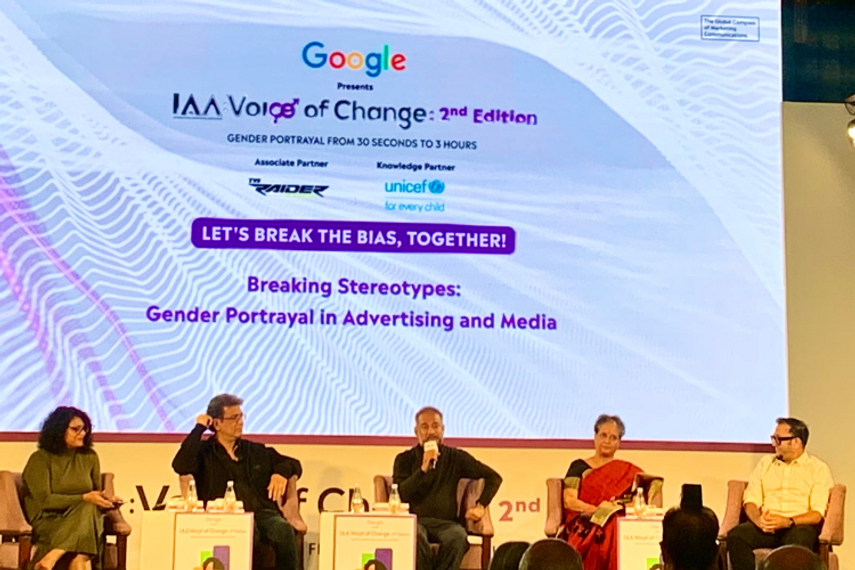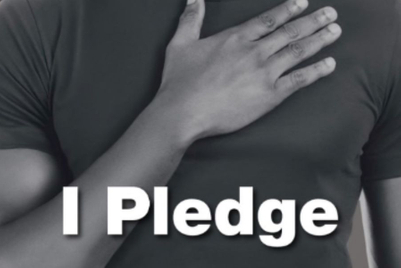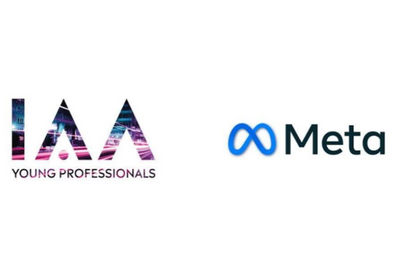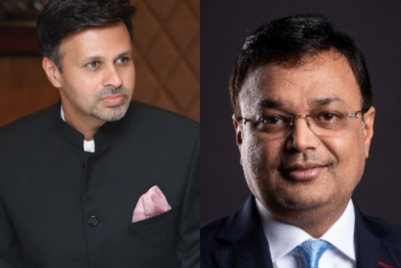
A panel discussed 'gender portrayal in advertising and media’ during the International Advertising Association's (IAA) 'Voice Of Change' summit held in Mumbai on 9 November.
The panelists included Dr AL Sharada, CEO, Population First; FCB Renzil D’silva - ad and film director, screenplay writer; Mansha Tandon, head of marketing, Youtube India; and Raj Kamble, founder and CEO, Famous Innovations.
The moderator for the session was Prasad Sangameshwaran, editor ET BrandEquity.
Dr Sharada who ranks campaigns basis the gender lens for Campaign India, threw light on whether advertising has managed to get to some respectable level of gender inclusivity in the last decade.
During last year's summit, Dr Sharada presented a research study, where she reviewed ads from around 2013.
Discussing the change, she said, “We have analysed the rankings of whether there has been any change and I was quite happy to note that over the years there were fewer ads that were falling into the category of ‘gender offensive’. and more and more ads are moving into gender-neutral ads.”
Talking about the methodology used for the categorisation of ads, she elaborated that she has classified them based on ‘gender-offensive’, ‘gender-insensitive’, ‘gender-neutral’, ‘gender-sensitive’ and lastly ‘gender-transformative’.
“So based on this, I give scores. I don’t get so much into things like screen time etc. But focus more on how the power equations are depicted, how the gender stereotypes are reinforced and how the gender roles are projected. So I have a set of prime indicators to score the ads,” she said.
She added, “When you are projecting men or women – how are you doing so? If the ad doesn’t reinforce any stereotypical representations of power equations or body images of the genders then one can know that it’s a more gender-neutral communication.”
Citing the example of Ariel’s ‘share the load’ campaign, Sharada said, “Why is it so gender transformative? Because it reinforces one message that ‘gendering happens at home. And we are all responsible for it’. And then the way the ad tries to make amends- with the father admitting that he ‘failed’ since he never participated in the household work, but that he wishes to change.”
She also cited the examples of the Bhima Jewellery ad where a trans- woman is the bride and an ad for financial products where the woman is shown talking confidently on financial product decisions.
Taking the discussion further to whether like streaming platforms, a revolutionary awakening is waiting to happen in Indian advertising, D’silva said, “Advertising agencies are finding themselves in an existential crisis right now, that’s the reality.” Calling himself a ‘realistic hopeful’, rather than a ‘pessimist’, he added that agencies are on a backfoot right now as they are not thinking of ‘gender diversity’ as they are more worried about how to get the business from the client or pay their bills."
The discussion veered to how, unlike movies where the audience or maybe the censor board gives the verdict on the content, an advertisement first and foremost needs to cross the ‘hurdle’ of the client.
Kamble chipped in and said that, unlike films which are long-format art, in advertising, they have to work with 30-seconds, of which 'four seconds is about the logo and three seconds is the product shot' and stated that it makes it difficult to narrate a story in that time duration. He however agreed that within that limited time frame, it was important to be more ‘gender sensitive’.
“We may only have a few seconds, but we must be accountable for lack of sensitivity,” he said.
Weighing in from the platform side, Tandon observed that while 30 years ago the portrayal of women in ads reeked of patriarchy, now what's happening is a bit of an ‘overcorrection’ perhaps.
“Now they have complete ‘moral clarity’ and the trend is to depict women as super-human with no vulnerabilities.” She added that was another problem - not so much about the representation or portrayal but about the depth or lack of it- where the female character/s comes across as cardboard characters with too little ‘realism ’ or ‘ lived experience’ of real women.
“Its almost as if the creative said here's a checklist of ‘inclusive marketing’," she added.
Part of the problem, Tandon pointed out, “Was because our creative teams are still male-dominated, so many of our copywriters are men. It’s not that a man can’t write a woman, but the way a woman can write a woman is completely different. My point is –women know the emotional and political damage which comes with how they are portrayed and so it's just important to have more women in the room.”
The panel discussed whether having a 'male CMO' at the helm also drove the thinking of superficially ‘ticking the boxes’. Most agreed that while the intent was there to make things better, it was a matter of how much the ‘intent’ gets converted to ‘action’- and this is regardless of whether the CMO was a male or female.
Does the superficiality also come from not enough time being given to creative agencies?
Once again stressing upon the limitations that came with a ‘30-seconder’ spot, Kamble noted that when writers are women the fight is more internal and within them, hence they will ensure it happens.
“So more women writers are welcome,” he added while emphasising on the sensitivity that can be brought into the space. ‘We are in the business where we can bring change,” he added.
Is there a strong business case for ‘gender inclusivity’ in the business community?
Dr Sharada pointed out that according to her analysis, there are certain brands which are very gender sensitive and push a gender-sensitive agenda, such as young brands catering to the young gen.
“However brands that are male-centric or traditional domestic prods are still conservative and heavily gendered. So businesses and creatives look at their TG and try not to ruffle much feathers,” she stated.
Delving upon how the conversation has moved on from ‘business benefits of inclusivity’, Tandon stated emphatically, “A good business person today knows that half of humanity cannot or shouldn’t be ignored. It’s significantly moved on to economic development and advancement of women," she noted.
D’silva believed advertising could be getting 'unrealistic' pressure.
“Now within that (5-30 secs.) if you're going to fight the stereotypes the client will say ‘no, there’s no time to decode that, and that’s not the agenda of the ad'."
"So these conversations can happen when you are doing work that transcends slightly longer periods, such as web series or shows. Yes, course correction is required but advertising is the last recourse after popular culture has delivered on certain aspects of proven data to marketers,” he added.
"I have hope it'll change but if it takes time pop culture will push it to change, where they have to change with the times. ‘Times’ will not change with advertising, however," he stressed.
The panellists agreed that the aim shouldn’t be only to ‘tick off the boxes’.
“So while you may need to show the woman cooking in the kitchen where are you showing the man? Instead of showing him sitting in the living room, you can show him setting the table. That way you are not challenging the whole idea of 'woman in the kitchen' because maybe it doesn’t go with your business. But reimagining the situation with better participation from both genders,” shared Dr. Sharada.
Tandon surmised the discussion by noting that consumers are not averse to change.
Adding that they are not here to be cynical but hopeful, she concluded, “We don’t want to wait in the ‘waiting room’ of history. Pop culture may be the ‘leading’ medium while advertising may be the ‘lag’ medium, but we also don’t want to make advertising and communication that is a touch dated.”



.jpg&h=268&w=401&q=100&v=20250320&c=1)


.jpg&h=268&w=401&q=100&v=20250320&c=1)

.jpg&h=268&w=401&q=100&v=20250320&c=1)
.jpg&h=268&w=401&q=100&v=20250320&c=1)
